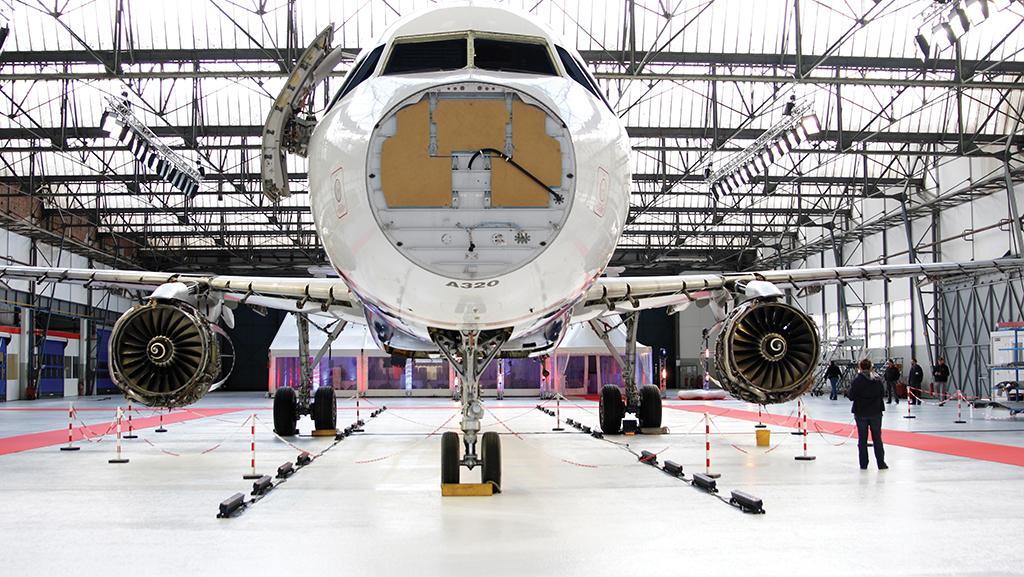
While operators can get value from teardowns, Vallair cautions that risks include higher part failure rates and corrosion.
Credit: Vallair
When passenger demand collapsed at the start of the COVID-19 pandemic, the working assumption was that aviation would experience a huge wave of aircraft retirements. This appeared to be confirmed in the first quarter of 2020 when retirements spiked, but thereafter airlines tended to hang on to their...
Seizing Opportunity In The Aircraft Teardown Market is part of our Aviation Week & Space Technology - Inside MRO and AWIN subscriptions.
Subscribe now to read this content, plus receive full coverage of what's next in technology from the experts trusted by the commercial aircraft MRO community.
Already a subscriber to AWST or an AWIN customer? Log in with your existing email and password.





